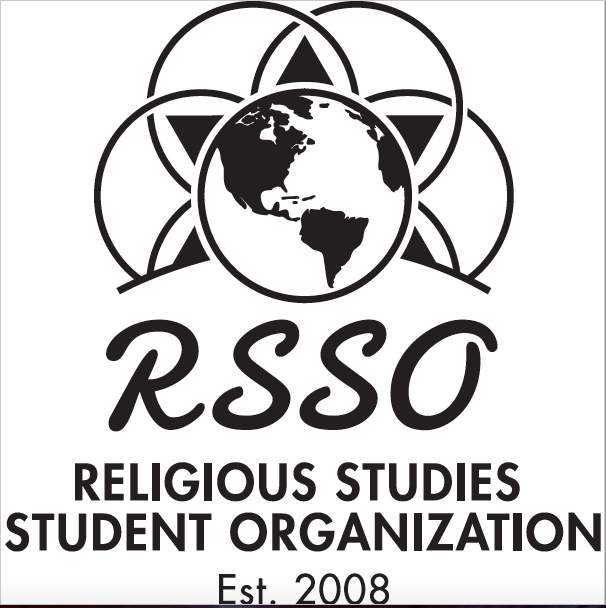Moderator
Dr. David Mulroy
Location
University of Wisconsin-Milwaukee
Start Date
6-4-2013 9:30 AM
End Date
6-4-2013 10:45 AM
Abstract
Constantine I was the first Christian emperor of the Roman Empire from 306 to 337 AD. On the eve of an important battle, Constantine was confronted with a vision of the Chi-Rho, the first two letters of Christ’s name in Greek. Confident that this was a sign from the Christian God, he had his troops bear this sign on their standards as they marched into battle. This vision and victory in battle engendered Constantine’s conversion to Christianity. Scholars have disputed over how to interpret the accounts of Constantine’s conversion to Christianity, such as whether his conversion was authentic or the accuracy of the accounts. The authenticity of this can be compared to the evidence provided by the portraits, monuments, and artistic and architectural features of the time that portrayed Constantine.
Emperors of the Roman Empire employed art and architecture as a means of conveying particular messages to the public. Constantine was not exempt from this, as he had his own methods of communication through these mediums. His program epitomizes the fusion of the old and the new in art and architecture in order to transmit ideas about himself and his rule to the Roman population. By examining portraiture, coins, style, monuments, religious content, and other related features, it can be ascertained that Constantine used artistic expression to convey his power and his relationship to the divine. Looking further into these expressions, one finds an array of Christian and pagan imagery. By analyzing these features, one can interpret what Constantine had intended to convey about his identity as a contested Christian. In this respect, an attempt can be made to ascertain the legitimacy of Constantine’s conversion to Christianity based on evidence from artistic and architectural forms. This interpretation of Constantine’s conversion is pertinent because it has been a source of contention for many scholars and this paper offers a fresh approach to the matter.
Included in
The Portrayal of Constantine in Art and Architecture
University of Wisconsin-Milwaukee
Constantine I was the first Christian emperor of the Roman Empire from 306 to 337 AD. On the eve of an important battle, Constantine was confronted with a vision of the Chi-Rho, the first two letters of Christ’s name in Greek. Confident that this was a sign from the Christian God, he had his troops bear this sign on their standards as they marched into battle. This vision and victory in battle engendered Constantine’s conversion to Christianity. Scholars have disputed over how to interpret the accounts of Constantine’s conversion to Christianity, such as whether his conversion was authentic or the accuracy of the accounts. The authenticity of this can be compared to the evidence provided by the portraits, monuments, and artistic and architectural features of the time that portrayed Constantine.
Emperors of the Roman Empire employed art and architecture as a means of conveying particular messages to the public. Constantine was not exempt from this, as he had his own methods of communication through these mediums. His program epitomizes the fusion of the old and the new in art and architecture in order to transmit ideas about himself and his rule to the Roman population. By examining portraiture, coins, style, monuments, religious content, and other related features, it can be ascertained that Constantine used artistic expression to convey his power and his relationship to the divine. Looking further into these expressions, one finds an array of Christian and pagan imagery. By analyzing these features, one can interpret what Constantine had intended to convey about his identity as a contested Christian. In this respect, an attempt can be made to ascertain the legitimacy of Constantine’s conversion to Christianity based on evidence from artistic and architectural forms. This interpretation of Constantine’s conversion is pertinent because it has been a source of contention for many scholars and this paper offers a fresh approach to the matter.

